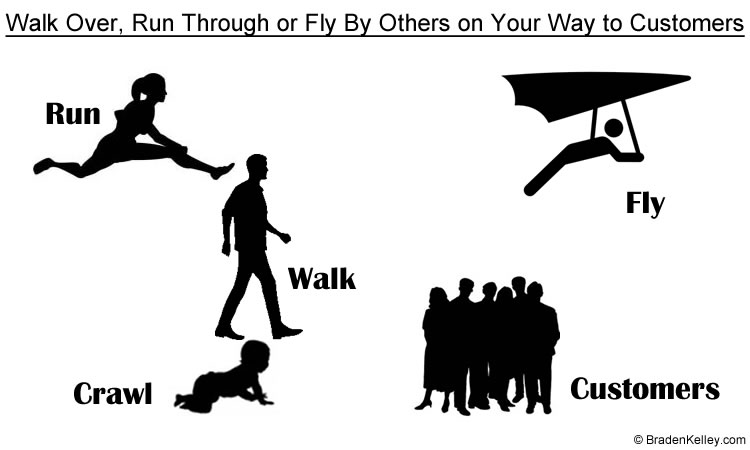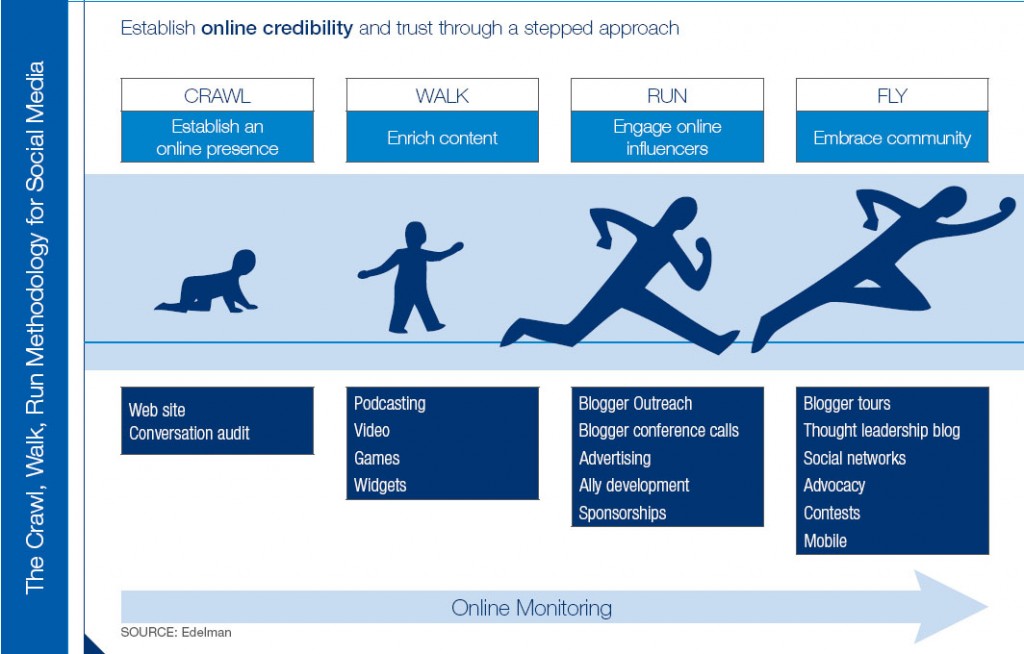Exploring the consequences of prolonged or excessive change efforts on individuals’ well-being and discussing methods to mitigate burnout.

GUEST POST from Chateau G Pato
Change fatigue and burnout have become pervasive issues in today’s fast-paced and constantly evolving world. With organizations striving to stay competitive and adapt to ever-changing market dynamics, employees are often subjected to prolonged or excessive change efforts. This relentless cycle of change can have detrimental effects on individuals’ well-being, leading to high levels of stress, exhaustion, and ultimately, burnout. In this thought leadership article, we will delve into the consequences of prolonged or excessive change efforts on individuals’ well-being and explore methods to mitigate burnout.
Change initiatives can range from organizational restructuring, mergers and acquisitions, new technology implementations, to changes in work processes and even job roles. While change is essential for organizations to thrive, it often comes at a cost for the individuals involved.
One case study that exemplifies the consequences of change fatigue and burnout is the financial sector. Over the past decade, financial institutions have been required to implement numerous regulatory changes to address the aftermath of the global financial crisis. The constant barrage of regulatory changes, along with the accompanying pressure to meet strict deadlines and maintain compliance, has resulted in high levels of burnout among employees in this industry. Research has shown that regulatory compliance officers, for example, frequently experience burnout due to the increased scrutiny and responsibilities placed upon them during periods of regulatory change.
Another case study that demonstrates the detrimental effects of excessive change efforts on individuals’ well-being is the technology sector. Technology companies are known for their innovative and dynamic environments, where change is the norm. While this fast-paced culture can foster creativity, it can also contribute to burnout. Employees in these organizations constantly face shifting priorities, reorganizations, and product launches that demand their full attention and energy. The resulting stress from prolonged or excessive change efforts can lead to decreased job satisfaction, increased turnover rates, and diminished productivity.
To mitigate burnout caused by prolonged or excessive change efforts, organizations need to take a proactive approach. Here are a few methods that can help:
1. Transparent communication and employee involvement: By involving employees in the change process from the beginning and maintaining transparent communication channels, organizations can alleviate anxiety and uncertainty. Employees who feel involved and informed are more likely to have a sense of control over the changes and can better manage their energy levels.
2. Promote work-life balance and well-being: Establishing a supportive work environment that emphasizes work-life balance and well-being is crucial. Encouraging employees to take breaks, providing access to wellness programs, and promoting stress management techniques can help individuals cope better with the demands of change. Google, for instance, offers its employees relaxation rooms, meditation classes, and encourages taking time for personal projects, leading to increased employee satisfaction and reduced burnout levels.
Conclusion
The consequences of prolonged or excessive change efforts on individuals’ well-being cannot be ignored. Change fatigue is a byproduct of our fast-paced world, and organizations must recognize the toll it can take on their employees. By implementing strategies such as transparent communication and employee involvement, along with promoting work-life balance and well-being, organizations can effectively mitigate burnout and cultivate a healthier and more productive workforce. It is time for organizations to prioritize the well-being of their employees while continuing to drive change and innovation.
Bottom line: Futurology is not fortune telling. Futurists use a scientific approach to create their deliverables, but a methodology and tools like those in FutureHacking™ can empower anyone to engage in futurology themselves.
Image credit: Pixabay
![]() Sign up here to get Human-Centered Change & Innovation Weekly delivered to your inbox every week.
Sign up here to get Human-Centered Change & Innovation Weekly delivered to your inbox every week.



